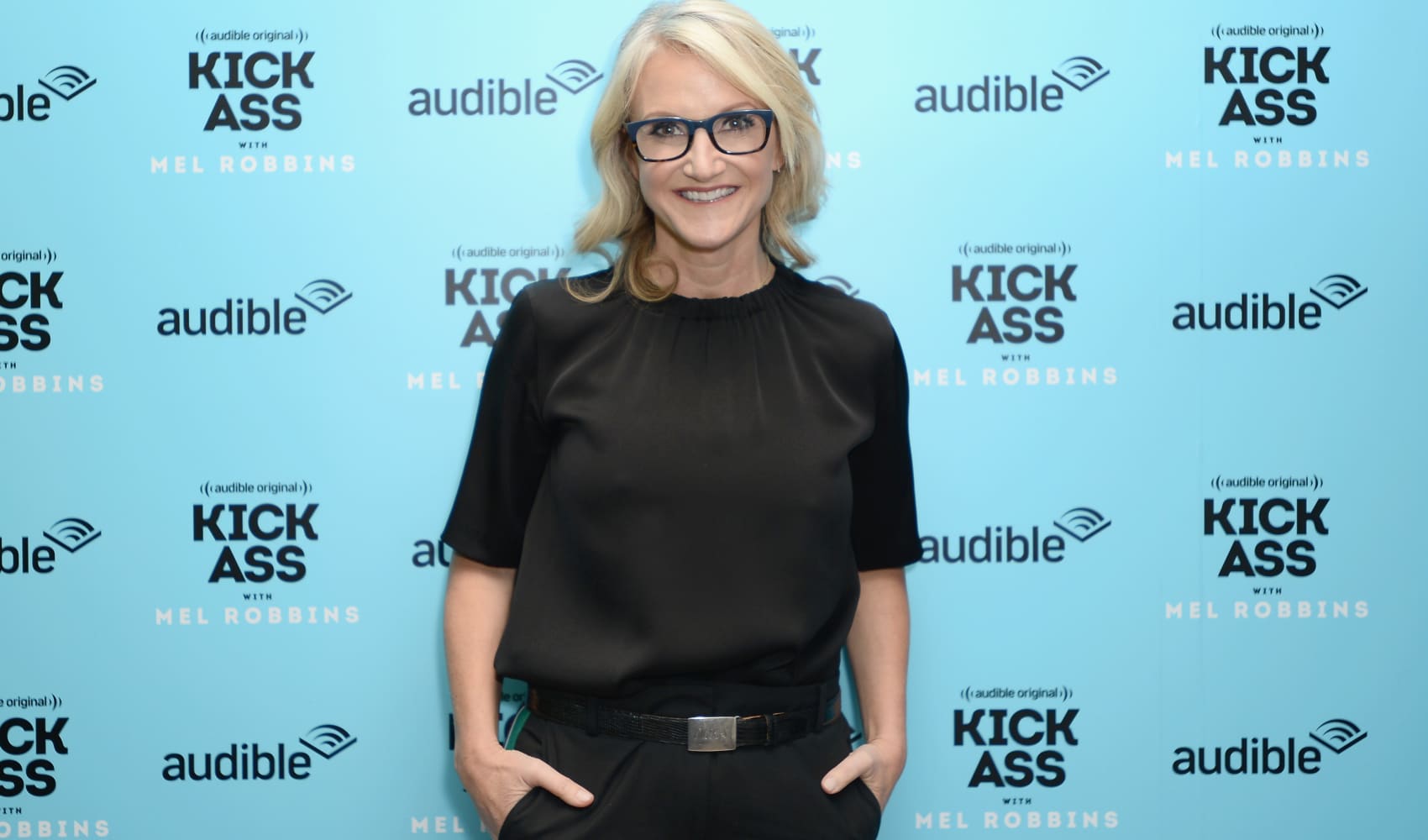“The updated vaccine could be available as soon as September,” said Dr. Allison Arwady, the commissioner of Chicago Department of Public Health, on Tuesday discussing Omicron-specific COVID boosters.
The Centers for Disease Control and Prevention has issued changes to its guidelines for COVID isolation and quarantine, changing the recommendations for unvaccinated individuals who were exposed to the virus and offering new advice on how to end isolation and what to do if symptoms return.
Among the new guidance is a recommendation that people who were exposed to someone with COVID mask for 10 days and test on Day 5 following their exposure, regardless of vaccination status. Previously these measures were only recommended for fully vaccinated people.
“We’re in a stronger place today as a nation, with more tools—like vaccination, boosters, and treatments—to protect ourselves, and our communities, from severe illness from COVID-19,” Greta Massetti, PhD, the branch chief of the CDC's Field Epidemiology and Prevention Branch, said in a statement. “We also have a better understanding of how to protect people from being exposed to the virus, like wearing high-quality masks, testing, and improved ventilation. This guidance acknowledges that the pandemic is not over, but also helps us move to a point where COVID-19 no longer severely disrupts our daily lives.”
Among the new guidelines are the following recommendations:
- Continuing to promote the importance of being up to date with vaccination to protect people against serious illness, hospitalization, and death. Protection provided by the current vaccine against symptomatic infection and transmission is less than that against severe disease and diminishes over time, especially against the currently circulating variants. For this reason, it is important to stay up to date, especially as new vaccines become available.
- Updating its guidance for people who are not up to date on COVID-19 vaccines on what to do if exposed to someone with COVID-19. This is consistent with the existing guidance for people who are up to date on COVID-19 vaccines.
- Recommending that instead of quarantining if you were exposed to COVID-19, you wear a high-quality mask for 10 days and get tested on day 5.
- Reiterating that regardless of vaccination status, you should isolate from others when you have COVID-19.
- You should also isolate if you are sick and suspect that you have COVID-19 but do not yet have test results.
- If your results are positive, follow CDC’s full isolation recommendations.
- If your results are negative, you can end your isolation.
- You should also isolate if you are sick and suspect that you have COVID-19 but do not yet have test results.
- Recommending that if you test positive for COVID-19, you stay home for at least 5 days and isolate from others in your home. You are likely most infectious during these first 5 days. Wear a high-quality mask when you must be around others at home and in public.
- If after 5 days you are fever-free for 24 hours without the use of medication, and your symptoms are improving, or you never had symptoms, you may end isolation after day 5.
- Regardless of when you end isolation, avoid being around people who are more likely to get very sick from COVID-19 until at least day 11.
- You should wear a high-quality mask through day 10.
- Recommending that if you had moderate illness (if you experienced shortness of breath or had difficulty breathing) or severe illness (you were hospitalized) due to COVID-19 or you have a weakened immune system, you need to isolate through day 10.
- Recommending that if you had severe illness or have a weakened immune system, consult your doctor before ending isolation. Ending isolation without a viral test may not be an option for you. If you are unsure if your symptoms are moderate or severe or if you have a weakened immune system, talk to a healthcare provider for further guidance.
- Clarifying that after you have ended isolation, if your COVID-19 symptoms worsen, restart your isolation at day 0. Talk to a healthcare provider if you have questions about your symptoms or when to end isolation.
- Recommending screening testing of asymptomatic people without known exposures will no longer be recommended in most community settings.
- Emphasizing that physical distance is just one component of how to protect yourself and others. It is important to consider the risk in a particular setting, including local COVID-19 Community Levels and the important role of ventilation, when assessing the need to maintain physical distance.
The changes come just two days after Chicago's top doctor teased the potential shift away from COVID quarantine requirements, while stressing isolation guidelines.
Local
The CDC's reminder about potentially testing out of isolation also comes amid questions about whether such a move is required. Questions particularly surfaced after President Joe Biden tested negative following his infection and began to leave isolation before testing positive a second time just days later.
The BA.5 subvariant of omicron has shown an increased ability to get around the immunity built up in patients thanks to COVID vaccines and boosters, and the illness has also shown an increased ability to cause positive tests for longer stretches, even if patients don't get as sick with the new variants.
Feeling out of the loop? We'll catch you up on the Chicago news you need to know. Sign up for the weekly Chicago Catch-Up newsletter.
Some COVID patients infected with the BA.5 subvariant have reported that they have continued testing positive for longer than with previous variants, but no studies have been completed to show whether or not the variant keeps patients infectious for longer periods of time.
Arwady said the availability of tools like vaccines and, more importantly, COVID antivirals such as Paxlovid have helped the public to make large strides in keeping the virus at bay, even as each iteration of COVID-19 becomes progressively more infectious.
Before diving into the latest guidelines, you'll need to know the difference between whether you must quarantine or isolate. Those who test positive, regardless of vaccination status, must isolate, according to the CDC.
Here's a look at what to know if you test positive:
Isolation
According to the CDC, people who are positive for COVID should stay home until it's safe for them to be around others, including even other members of their home.
Health officials recommend a "sick room" or area for those who are infected and a separate bathroom, if possible.
But isolation may not just be for those who test positive. The CDC also recommends those who have symptoms of COVID-19 and are awaiting test results or have not yet been tested isolate, "even if they do not know if they have been in close contact with someone with COVID-19."
How do you end isolation?
- You can end isolation after five full days if you are fever-free for 24 hours without the use of fever-reducing medication and your other symptoms have improved (Loss of taste and smell may persist for weeks or months after recovery and need not delay the end of isolation).
- If you continue to have fever or your other symptoms have not improved after 5 days of isolation, you should wait to end your isolation until you are fever-free for 24 hours without the use of fever-reducing medication and your other symptoms have improved. Continue to wear a well-fitting mask through day 10. Contact your healthcare provider if you have questions.
- Do not go to places where you are unable to wear a mask, such as restaurants and some gyms, and avoid eating around others at home and at work until a full 10 days after your first day of symptoms.
So how do you calculate your isolation period?
According to the CDC, "day 0 is your first day of symptoms." That means that Day 1 is the first full day after your symptoms developed.
For those who test positive for COVID but have no symptoms, day 0 is the day of the positive test. Those who develop symptoms after testing positive must start their calculations over, however, with day 0 then becoming the first day of symptoms.
Under the CDC guidance, those in isolation should:
- Monitor your symptoms. If you have an emergency warning sign (including trouble breathing), seek emergency medical care immediately.
- Stay in a separate room from other household members, if possible.
- Use a separate bathroom, if possible.
- Take steps to improve ventilation at home, if possible.
- Avoid contact with other members of the household and pets.
- Don’t share personal household items, like cups, towels, and utensils.
- Wear a well-fitting mask when you need to be around other people.
Most recent isolation updates:
- Reiterating that regardless of vaccination status, you should isolate from others when you have COVID-19.
- You should also isolate if you are sick and suspect that you have COVID-19 but do not yet have test results.
- If your results are positive, follow CDC’s full isolation recommendations.
- If your results are negative, you can end your isolation.
- You should also isolate if you are sick and suspect that you have COVID-19 but do not yet have test results.
- Recommending that if you test positive for COVID-19, you stay home for at least 5 days and isolate from others in your home. You are likely most infectious during these first 5 days. Wear a high-quality mask when you must be around others at home and in public.
- If after 5 days you are fever-free for 24 hours without the use of medication, and your symptoms are improving, or you never had symptoms, you may end isolation after day 5.
- Regardless of when you end isolation, avoid being around people who are more likely to get very sick from COVID-19 until at least day 11.
- You should wear a high-quality mask through day 10.
- Recommending that if you had moderate illness (if you experienced shortness of breath or had difficulty breathing) or severe illness (you were hospitalized) due to COVID-19 or you have a weakened immune system, you need to isolate through day 10.
- Recommending that if you had severe illness or have a weakened immune system, consult your doctor before ending isolation. Ending isolation without a viral test may not be an option for you. If you are unsure if your symptoms are moderate or severe or if you have a weakened immune system, talk to a healthcare provider for further guidance.
- Clarifying that after you have ended isolation, if your COVID-19 symptoms worsen, restart your isolation at day 0. Talk to a healthcare provider if you have questions about your symptoms or when to end isolation.
- Recommending screening testing of asymptomatic people without known exposures will no longer be recommended in most community settings.
- Emphasizing that physical distance is just one component of how to protect yourself and others. It is important to consider the risk in a particular setting, including local COVID-19 Community Levels and the important role of ventilation, when assessing the need to maintain physical distance.



